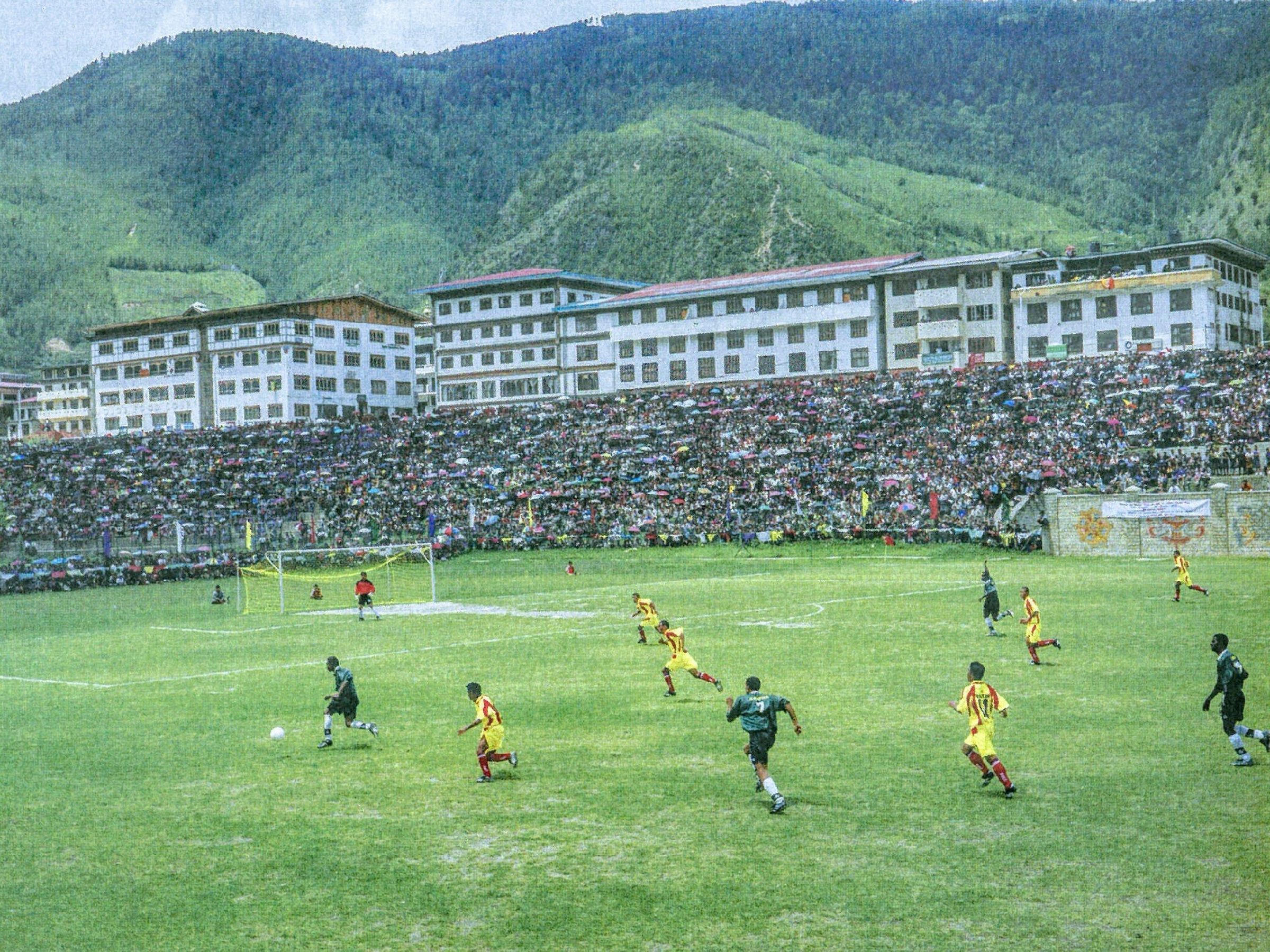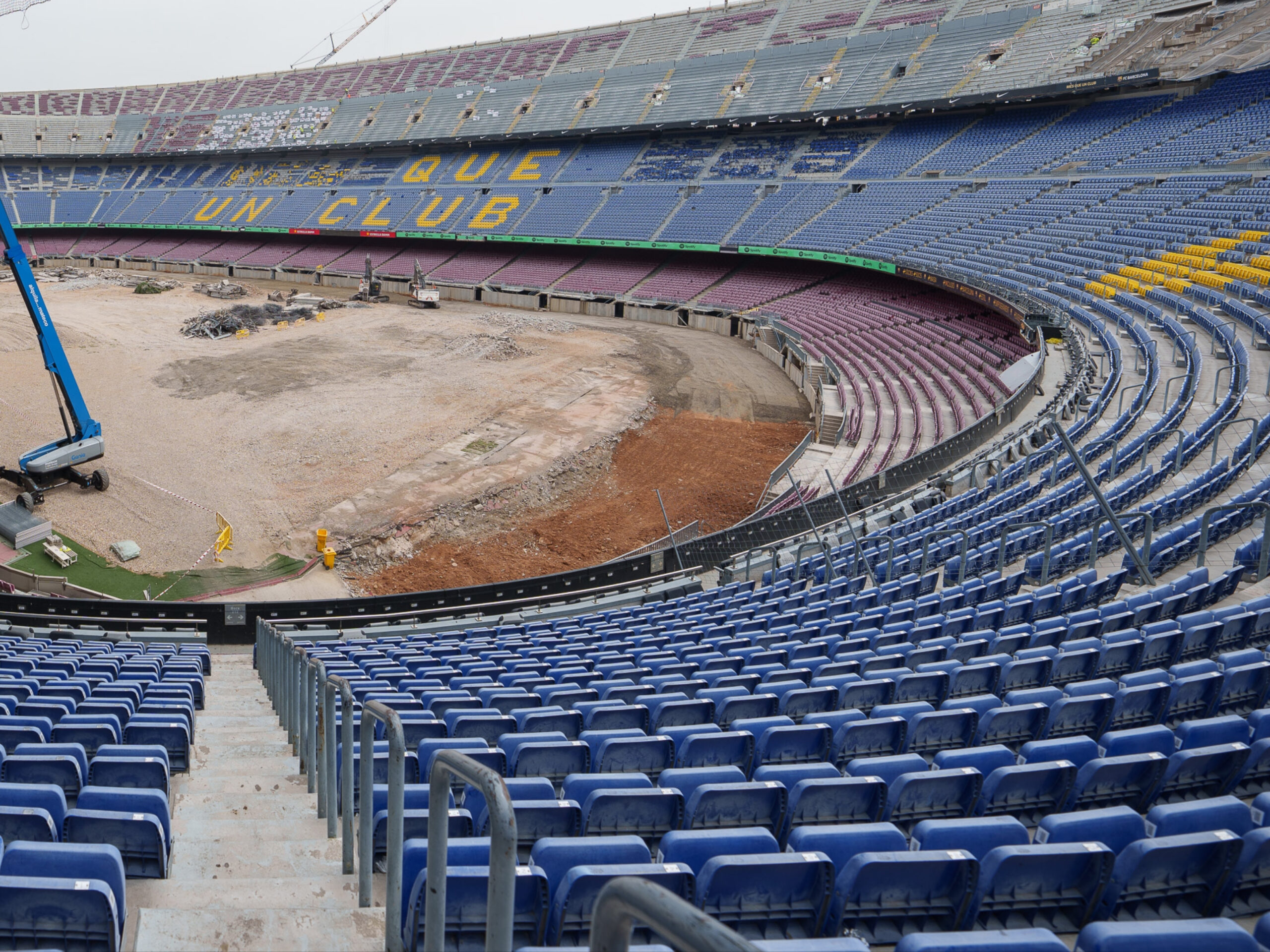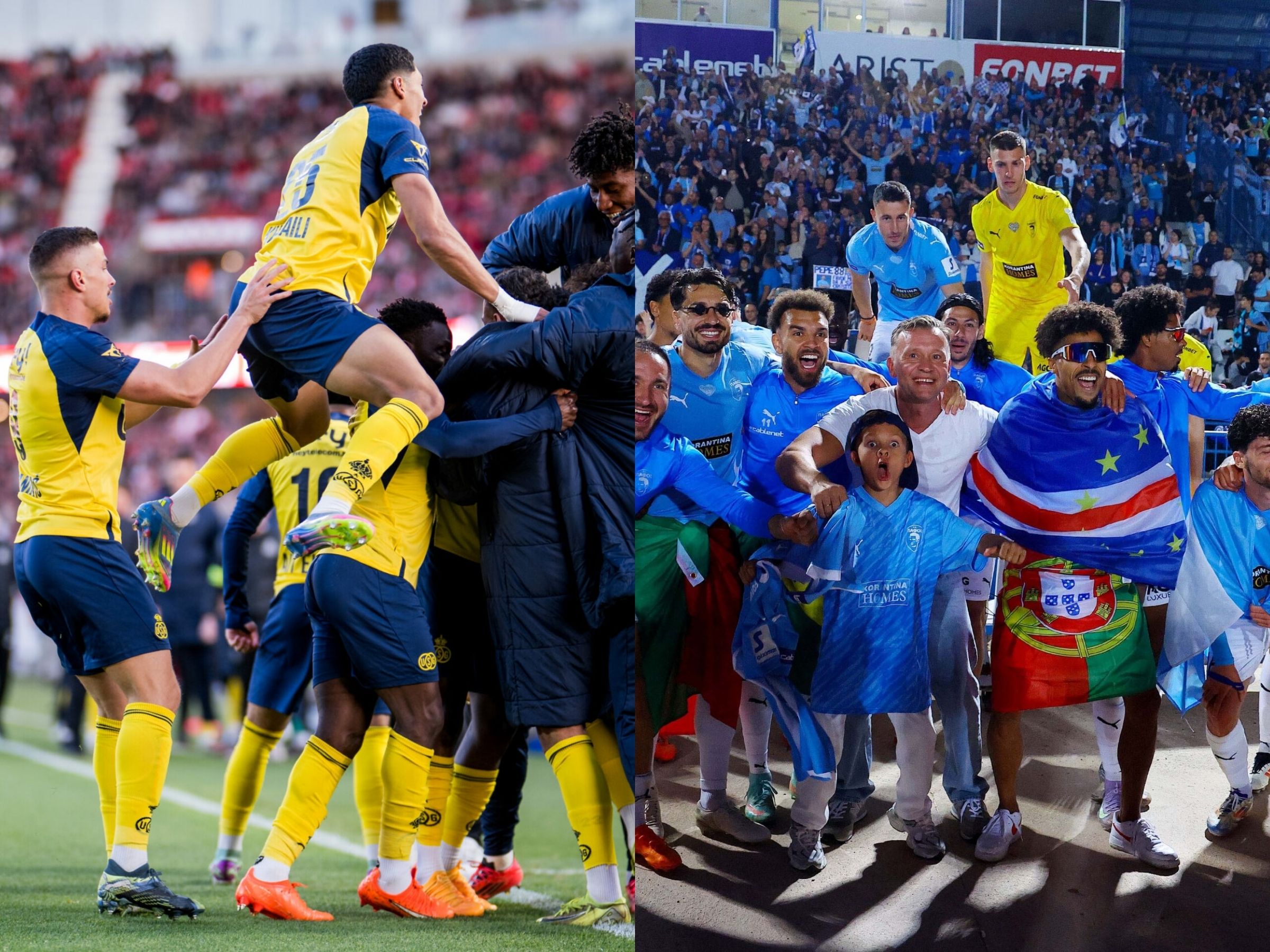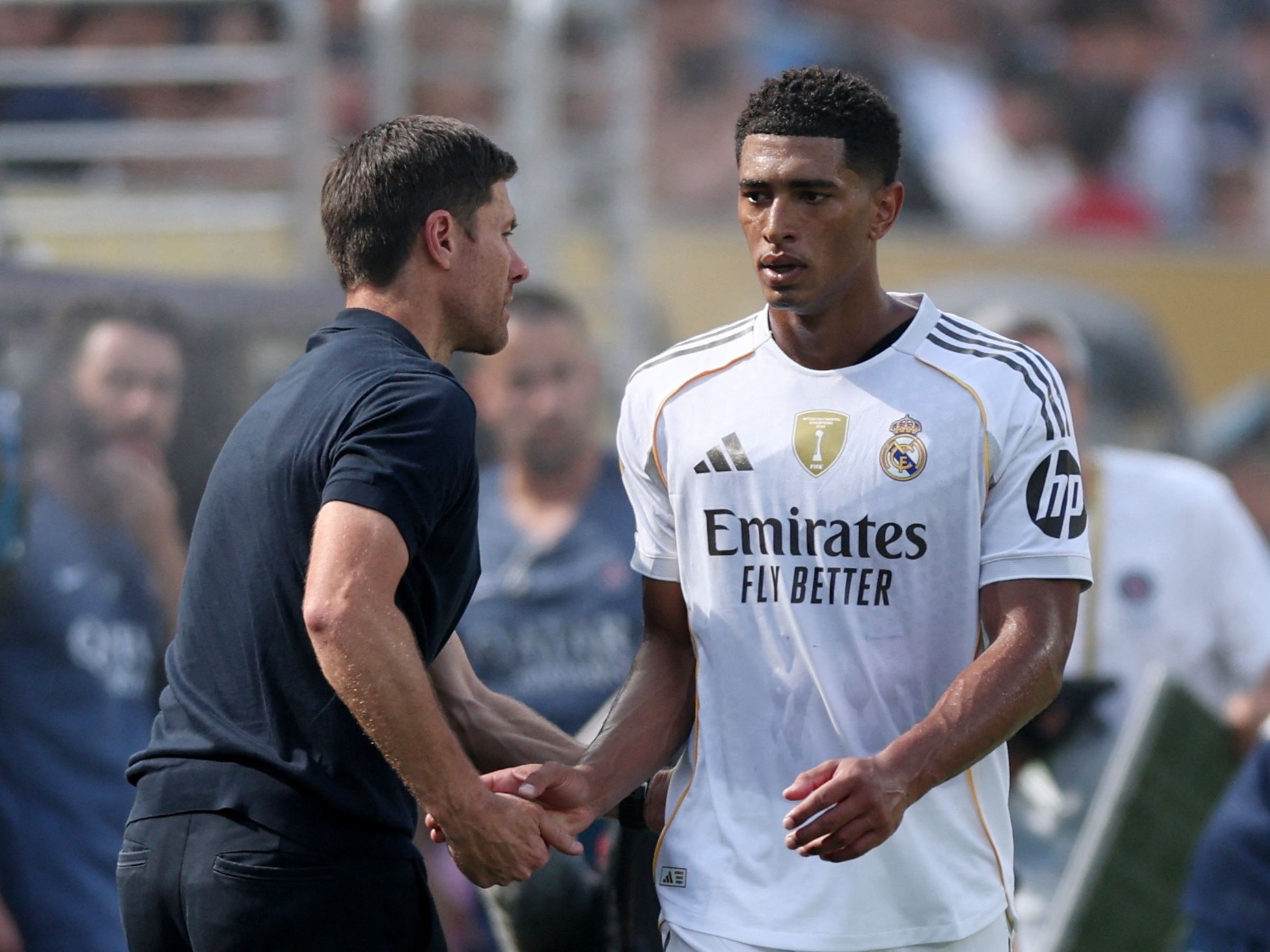While the Estadio Mestalla was buzzing during Valencia’s game against Real Madrid last Friday, with just over 45,000 fans packing into the iconic stadium, another concrete structure—one that once promised big dreams—lay forgotten on the other side of the city. This is the Nou Mestalla, a stadium that was supposed to become Valencia’s new home in 2010.
The proposal for a new stadium first emerged in 2006, when then-president Juan Soler laid the foundations for a 76,000-capacity ground. At Valencia’s City of Arts and Sciences, he promised to build the best stadium in the world—a symbol of pride for the people of Valencia and the historic club that represents them.
Fast forward 19 years, and locals now barely glance at the enormous half-completed structure in the Benicalap neighborhood.
Bold Dreams and a Risky Gamble
When the plan was first announced, Valencia fans couldn’t imagine that things could go wrong. The city’s real estate market was booming, and Soler’s idea of selling the old Mestalla to fund the construction of the Nou Mestalla was seen as a stroke of genius.
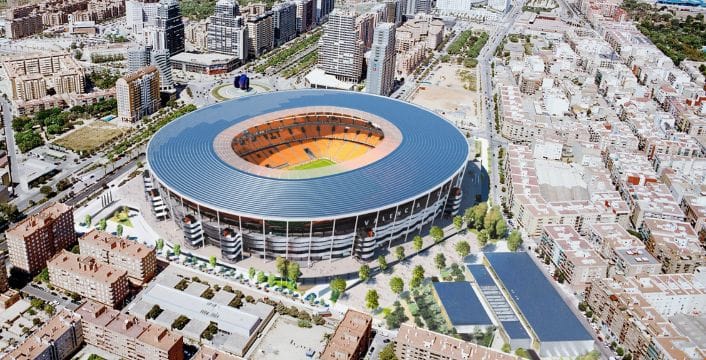
To execute this vision, Valencia borrowed around £224 million from Spanish banks, and construction began in August 2007. However, cracks soon started to appear.
Spain’s real estate market took a hit, followed by a banking crisis. For a long time, fans were kept in the dark—even after President Soler resigned in 2008, citing poor health. However, as reported by several sources, including The Athletic, the club had actually incurred a debt of more than £500 million.
Valencia had already spent more than £100 million, and the outer structure of the proposed mega-project was complete. But they simply didn’t have enough money to proceed, leading Juan Soriano, who assumed power in 2009, to halt construction.
Attempts at Revival
Four club presidents—Manuel Llorente, Amadeo Salvo, Lay Hoon Chan, and Anil Murthy—tried to resume construction and raise the funds needed to resolve the stadium dilemma, but they were unsuccessful.
When Singapore-based businessman Peter Lim took over in 2019, there was renewed hope that the issue—along with the club’s lingering debt—would finally be resolved. Lim even declared that Valencia’s centenary would be celebrated at the Nou Mestalla. However, that milestone passed in 2019 with no progress.
Some hope emerged with the CVC deal Valencia signed with La Liga in 2021, which was set to earn the club £96 million. Lim announced that around £64 million of that amount would be allocated to the construction of the Nou Mestalla. However, this sum was nearly half of what was actually required to complete the project.
A Shrinking Vision
Under Murthy’s presidency, the Nou Mestalla’s capacity was reduced from 76,000 to approximately 40,000. This downsizing marked a significant step back from its original grand vision and reflected Valencia’s ongoing financial troubles. The scaled-down plans, while still ambitious, disappointed many fans who had envisioned a stadium that could rival Europe’s best.
Valencia’s owner, Peter Lim, hoped the Nou Mestalla could host matches for the 2030 FIFA World Cup, a move that might have spurred the project forward and brought prestige to the city.
However, the Royal Spanish Football Federation (RFEF) removed the stadium from the list of proposed venues due to the lack of progress. This decision further cemented the perception that the project had stalled indefinitely.
After 15 years, Valencia CF’s Nou Mestalla project resumes construction on January 10, 2025, near the current stadium, rekindling hopes for a new home for the ‘Bats’.
📸 #ValenciaCF | #Spain pic.twitter.com/cU4tpS4Lze
— World Stadiums 🏟 (@Worldstadium_EN) December 23, 2024
The issue remains unresolved, leaving fans frustrated and uncertain about the club’s future. Despite years of delays and setbacks, the current president has promised that construction will finally resume in January 2025.
Whether this marks the beginning of the stadium’s long-awaited completion or yet another unfulfilled promise remains to be seen.


